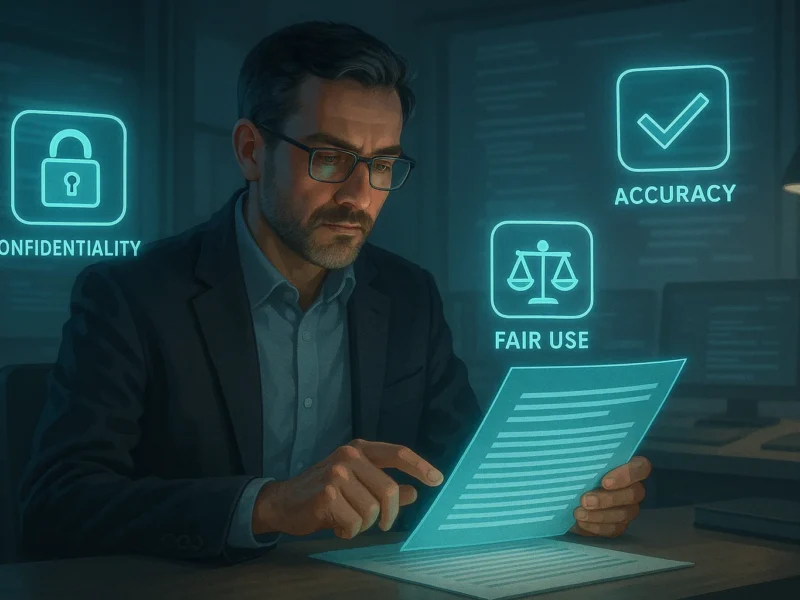Knowing how to paraphrase without plagiarizing is a critical skill in academic writing. Done right, paraphrasing shows that you understand a source. Done wrong, it can lead to accidental plagiarism. In this guide, we’ll break down how to paraphrase properly, highlight common pitfalls, and introduce tools that make the process easier—without compromising academic integrity.
🔍 What Does Paraphrasing Really Mean?
Paraphrasing means rephrasing someone else’s ideas using your own words and sentence structure while preserving the original meaning. It’s different from summarizing (which condenses) and quoting (which copies exactly).
To paraphrase effectively, you must:
- Fully understand the original passage
- Use different vocabulary and structure
- Cite the source even after rewording
⚠️ Common Paraphrasing Mistakes (That Lead to Plagiarism)
1. Too Close to the Original
Changing only a few words or rearranging a sentence is not true paraphrasing.
Example (wrong):
“AI can enhance student productivity by automating note-taking.” →
“AI boosts student output by automating note-taking.”
✅ Still too close — and may be flagged by plagiarism checkers.
2. No Citation Provided
Even if you paraphrase well, not citing the source is still plagiarism.
3. Paraphrasing Without Understanding
If you don’t fully grasp the original meaning, your version may misrepresent the author’s intent.
🧠 How to Paraphrase Without Plagiarizing
✅ Step-by-Step Strategy
- Read and Understand the source thoroughly
- Put the text aside and write the idea in your own words
- Compare your version to the original
- Cite the source (even though it’s paraphrased)
- Use AI tools to refine and check your paraphrase
🛠️ Tools to Help You Paraphrase Properly
✍️ ResearchPal’s Writing Enhancer
The Writing Enhancer helps you paraphrase any sentence or paragraph using multiple tone options—academic, concise, casual, formal, etc.—with just one click.
Explore the Writing Enhancer
🔁 Text Tuner
Paste any text and choose from options like:
- Rephrase
- Shorten
- Change tone
- Translate
- Summarize
This ensures your voice stays original while maintaining accuracy.
Try the Text Tuner
🧩 Examples of Proper Paraphrasing
📘 Original:
“Machine learning enables computers to learn from data and make decisions without being explicitly programmed.”
✅ Paraphrased (Correct):
“By analyzing data patterns, machine learning allows systems to make autonomous decisions without fixed instructions.”
(Cited: Author Name, Year)
✨ Pro Tips for Academic Integrity
- Always include a citation, even after paraphrasing
- Use plagiarism checkers to verify originality
- Don’t overuse paraphrasing—mix in quotes and summaries
- Understand the context—don’t distort the message
- Use AI tools as assistants, not shortcuts


